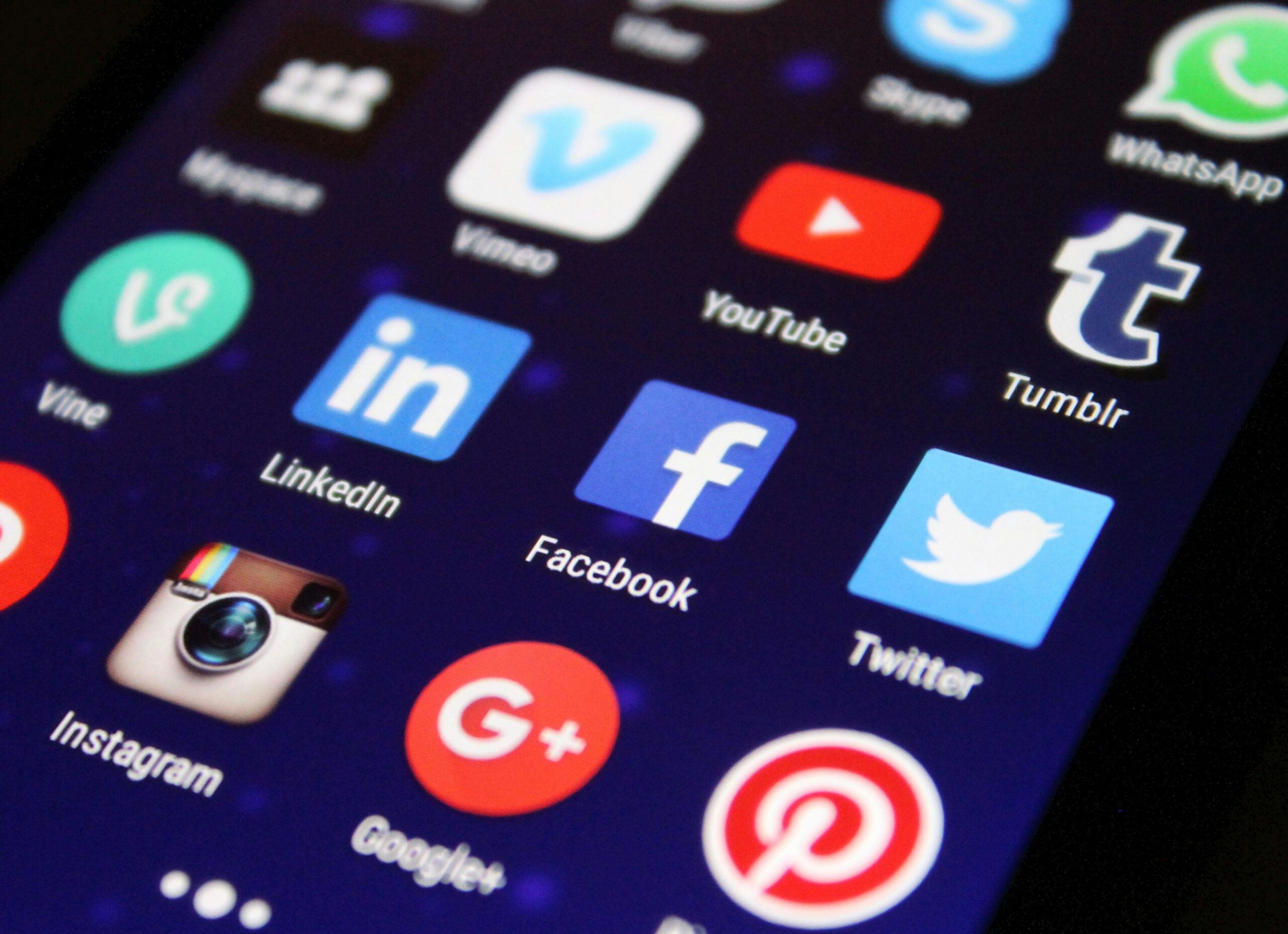When I sit down at my laptop or grab my phone to check the news, send a message, or even write a blog post like this one, I rarely think twice about it. Access to the internet feels as natural as running water or electricity. But the more I’ve learned about the global digital divide, the more I realize that this “normal” experience isn’t normal for millions — even billions — of people around the world.
The truth is, while the internet connects so many of us, it also leaves a huge number of people behind.
The global digital divide refers to the gap between those who have easy, reliable access to the internet and digital technologies — and those who don’t. It’s a gap that’s deeply tied to income, education, geography, and infrastructure. It’s a gap that reflects old inequalities and, if we’re not careful, deepens them even further.
I started really thinking about this issue a few years ago when I read a report showing that in some rural areas of the world, internet access costs the equivalent of an entire month’s salary — just for a few gigabytes. In other places, there’s no reliable internet service at all. No fiber, no mobile data, no public Wi-Fi. Whole communities are cut off from the wealth of information, education, opportunity, and global conversation that the web offers.
Imagine trying to apply for a job when you can’t access online listings. Or trying to study when you can’t download educational resources. Or trying to stay connected during a crisis without any digital tools. That’s the reality for many people across Africa, Southeast Asia, parts of Latin America, and even rural communities in wealthier countries.
The pandemic made this divide even more visible. While many of us moved seamlessly into remote work, Zoom calls, and online classes, millions of others had no way to continue their education or their jobs. Some students had to share a single smartphone among multiple siblings. Others couldn’t attend school at all because they lacked internet access. It was a stark reminder that digital access isn’t a luxury anymore — it’s a necessity.
It’s easy to take internet access for granted when you have it. But when you start looking at the bigger picture, it becomes clear: access to the internet today is a critical part of access to opportunity itself.
Of course, bridging the digital divide isn’t simple. It’s not just a matter of handing out devices or setting up Wi-Fi hotspots. Infrastructure needs to be built. Electricity grids have to be stable. Devices need to be affordable. Digital literacy has to be taught. Local languages must be supported online. It’s a massive, complex challenge — but it’s also a moral and economic imperative.
The good news is that there are organizations, governments, and individuals working to close this gap. Initiatives like low-cost satellite internet, community mesh networks, and mobile broadband expansion are helping to bring more people online every year. In some places, schools are building digital learning hubs. Local entrepreneurs are creating new tools that work on low-bandwidth connections. Progress is happening — but it’s uneven, and there’s still a long way to go.
What inspires me most is the resilience and creativity of the communities themselves. In areas where connectivity is scarce, people find ways to make limited access stretch further. In places where internet speed is slow, innovation still flourishes. The spirit of connection and curiosity can’t be easily held back.
At Pensar la Web, I believe it’s important to not only celebrate the web’s incredible reach but to also stay mindful of who’s still being left out. A truly connected world doesn’t just mean more people on Facebook or TikTok. It means more people able to access education, healthcare, democracy, and opportunity through digital means.
The internet has the power to level playing fields — but only if we ensure that everyone can join the game.


